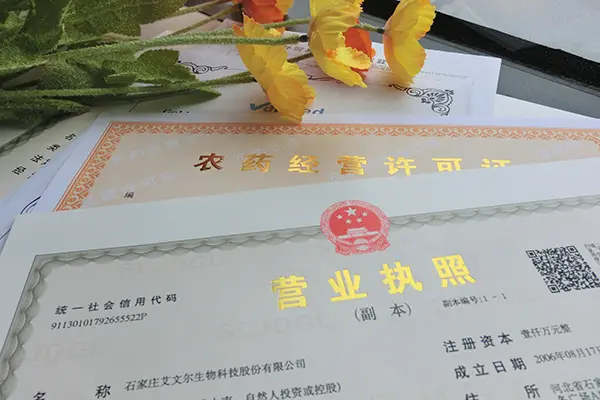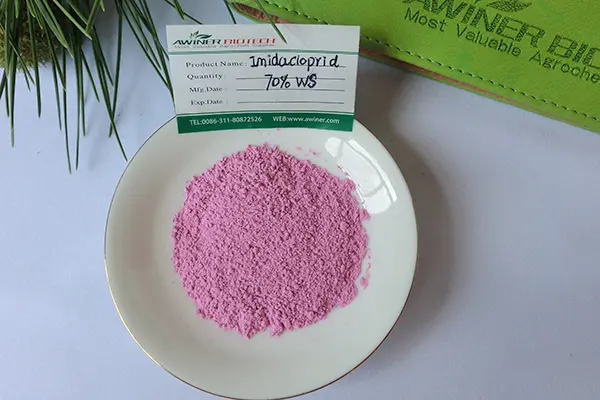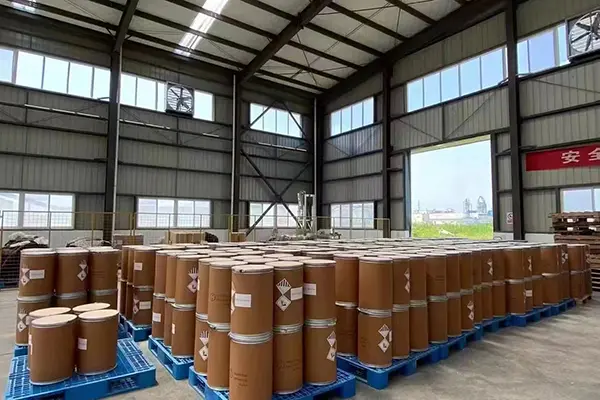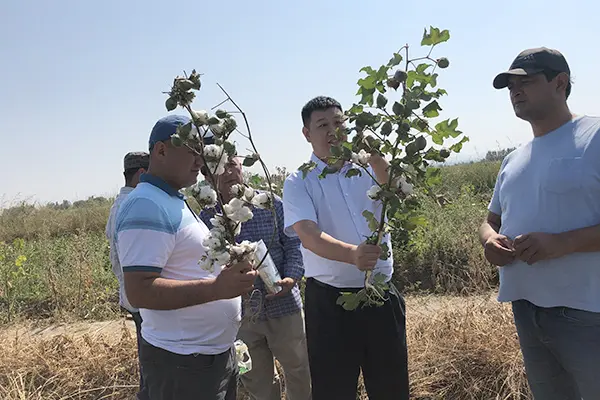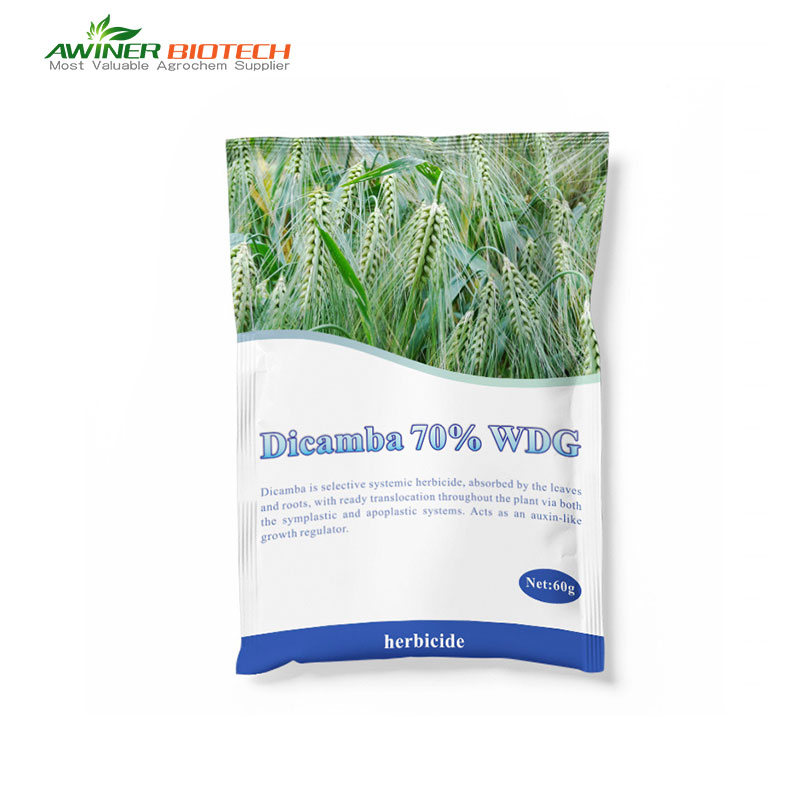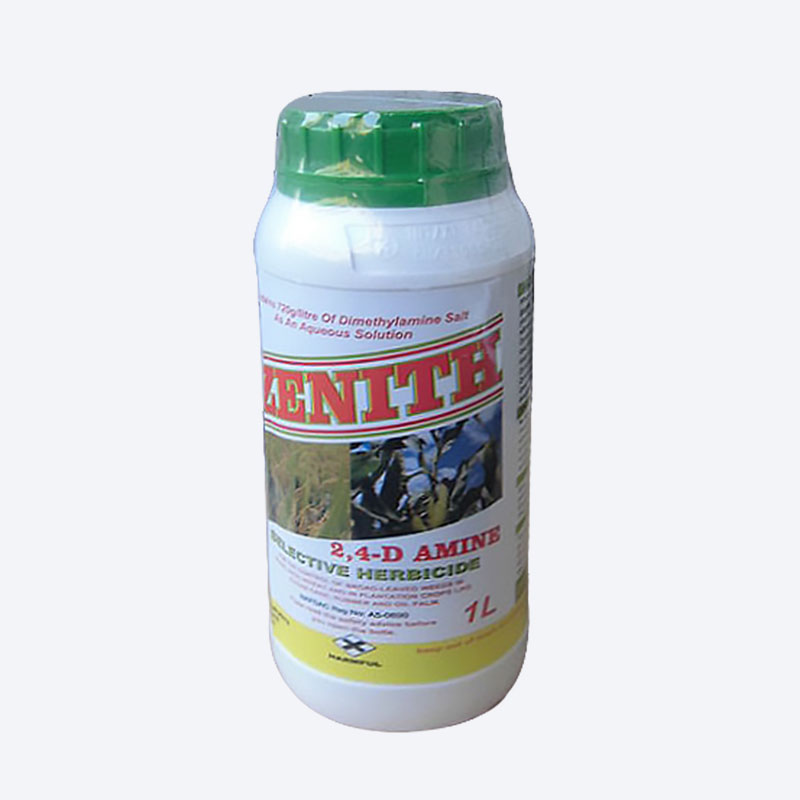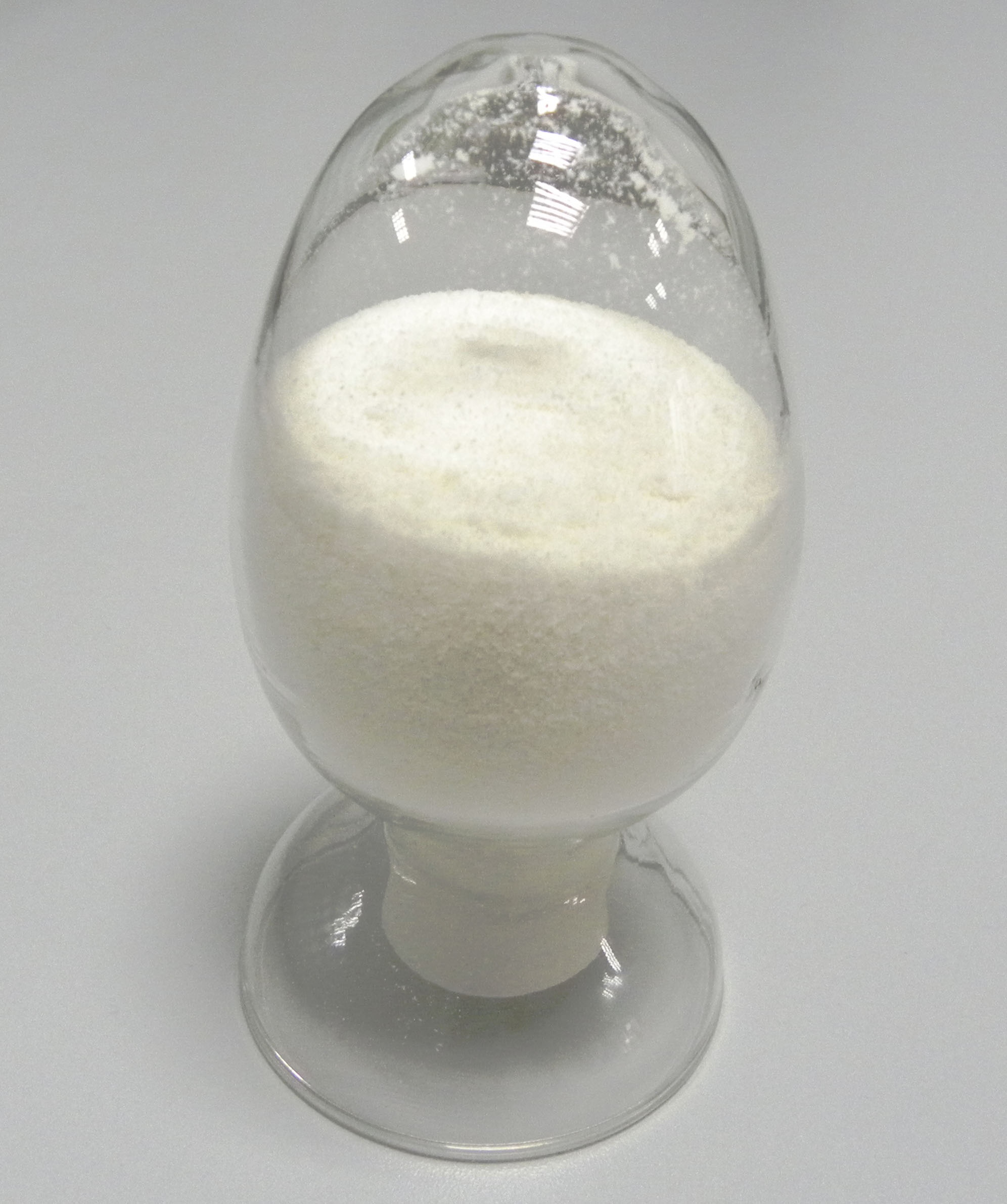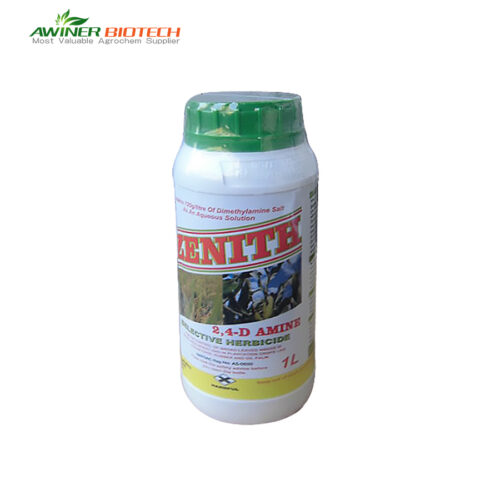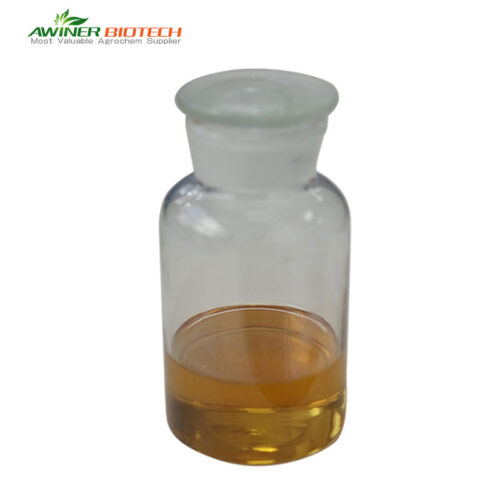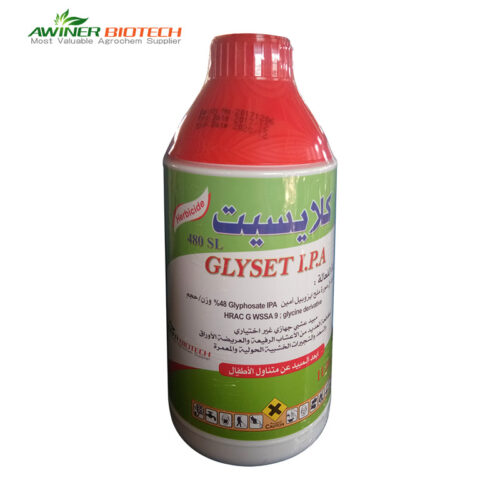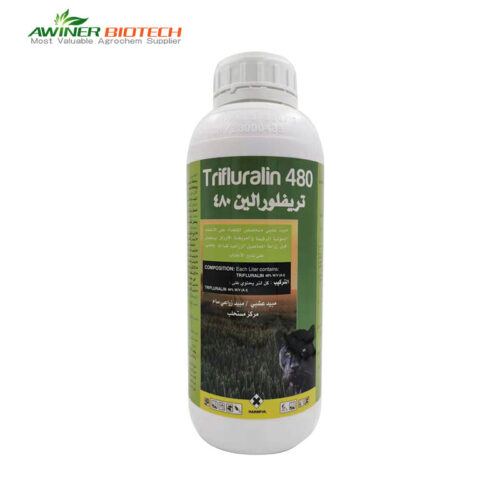Dicamba |
|
| Dosage form | 480g/L SL;480g/L AS;60% WDG |
| Packing | Liquid:50ml、100ml、250ml、500ml、1L、5L、10L、20L Solid:10g、50g、100g、250g、500g、1kg、5kg、10kg、25kg |
| Formulation/Label | Customized |
| Sample | Yes |
| Crop | Wheat field Corn field Wheat field |
| Certification | SGS、 ISO 、BV |
| Delivery time | 20-30 days |
| Mixture products | |
| Payment terms |  |
Dicamba’s systemic properties and effectiveness against a wide range of broadleaf weeds make it a valuable tool in crop protection, despite its limitations in weed control spectrum and crop safety.
Dicamba Herbicide
Dicamba, a benzoic acid herbicide, exhibits systemic activity and is highly effective against both annual and perennial broadleaf weeds. It is commonly used for the control of weeds such as Galium aparine (cleavers), Polygonum convolvulus (wild buckwheat), Chenopodium album (common lambsquarters), Stellaria media (common chickweed), Capsella bursa-pastoris (shepherd’s purse), Veronica persica (birdeye speedwell), Xanthium sibiricum (cocklebur), Solanum nigrum (black nightshade), Convolvulus arvensis (field bindweed), Cirsium arvense (Canada thistle), Equisetum arvense (field horsetail), and Polygonum aviculare (prostrate knotweed) in gramineous crops like wheat, corn, millet, and rice.
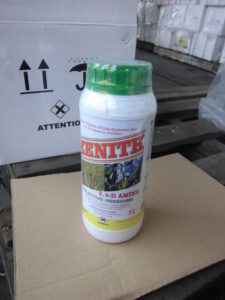 |
 |
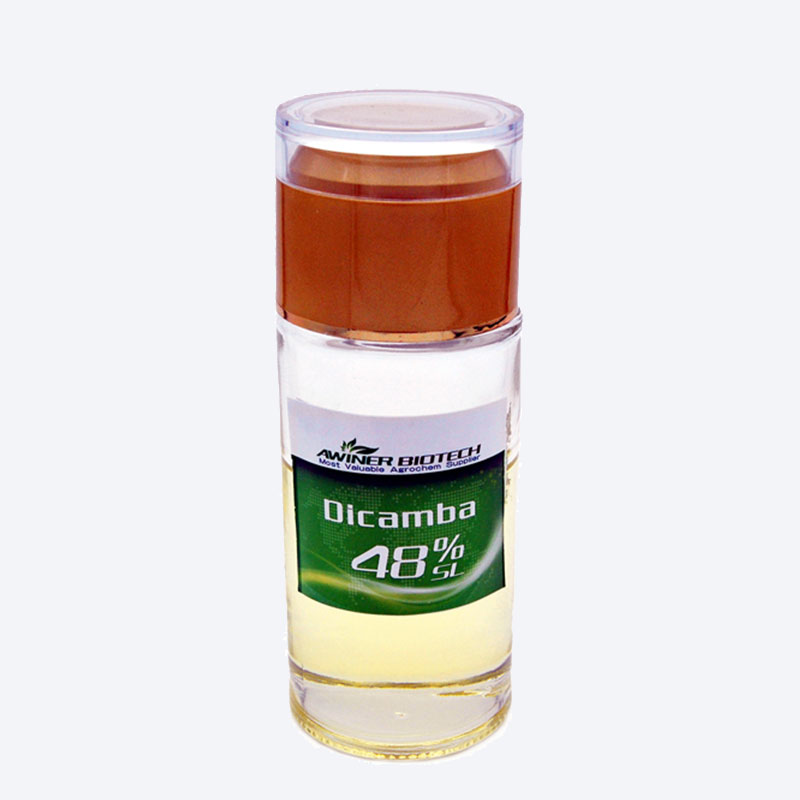 |
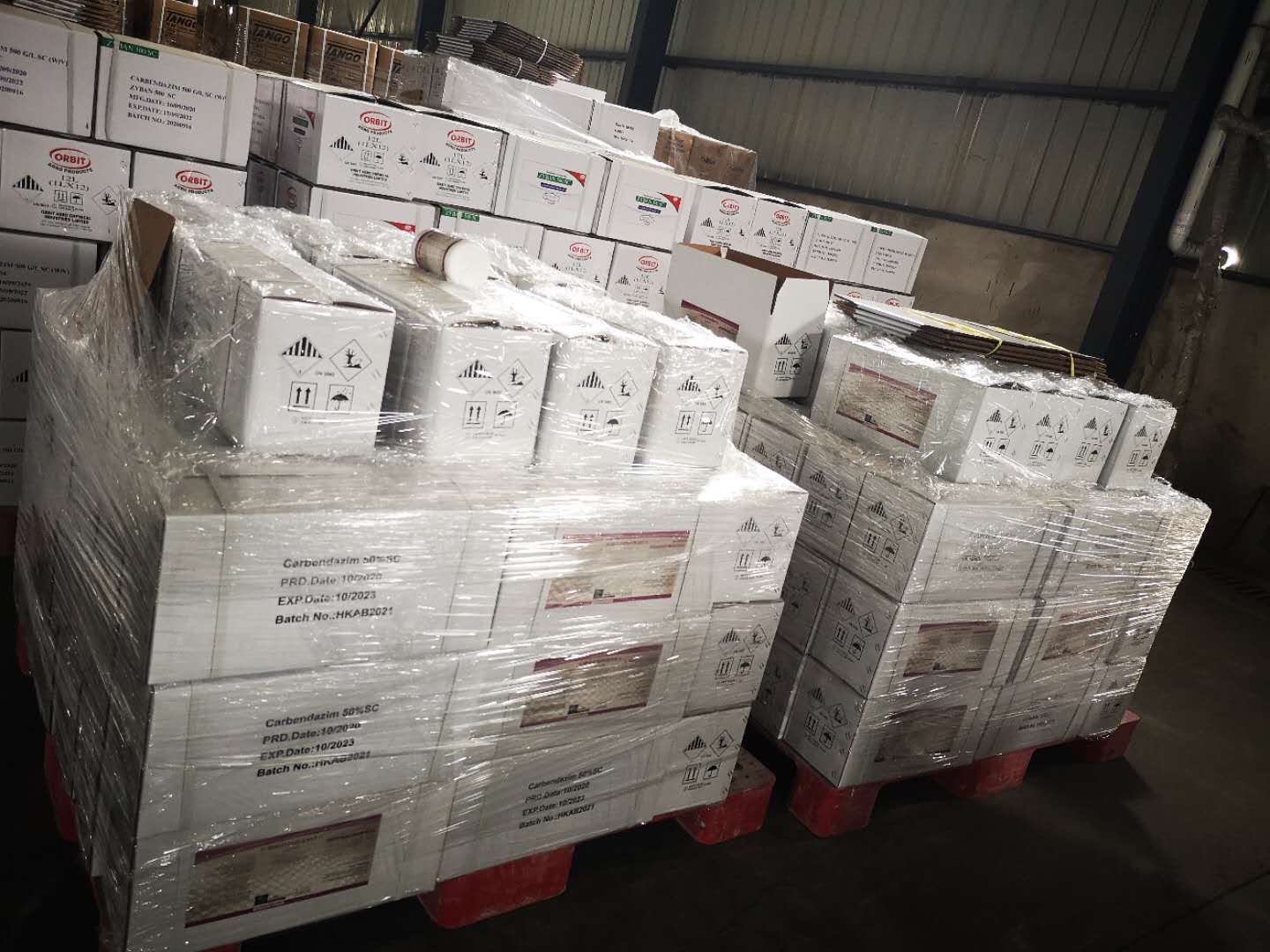 |
Application And Mode Of Action
Post-emergence spraying is the preferred method of application. Dicamba is absorbed by the stems, leaves, and roots of the weeds and is then transported both upwards and downwards through the phloem and xylem. This distribution disrupts the normal activity of plant hormones (auxins), leading to abnormal growth and eventually causing the weed’s death.
<About Awiner Biotech>
